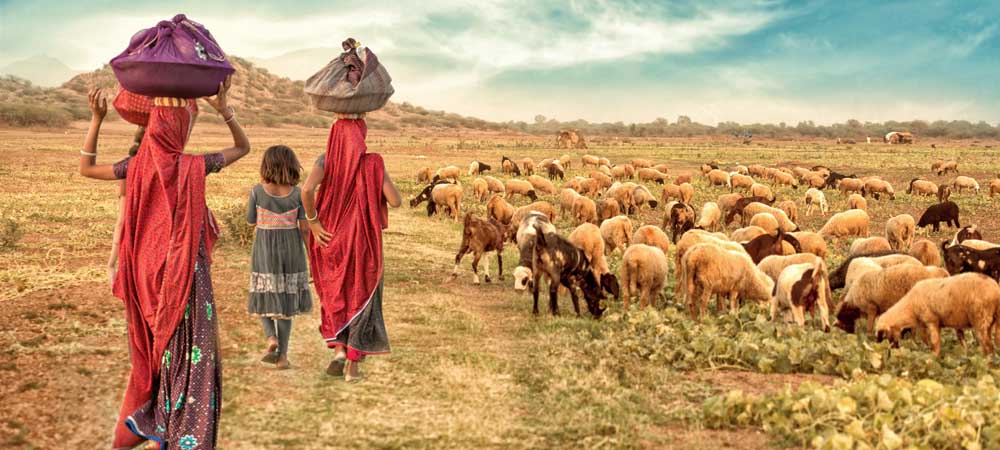“A country of contrast” is probably the most accurate way to describe the incredibly diverse culture and geography of India; from the endless desert dunes of Rajasthan, to towering snow-capped mountains of the Himalayas, from steaming rain forests of Kerala, to the paradises of the Andaman and Nicobar Islands. India is also where 4 of the world’s religions were founded – Hinduism, Buddhism, Sikhism, and Jainism, but is also home to Christianity, Islam, Judaism and Zoroastrianism. Describing India is like describing a continent. Each state within this second most-populous country on Earth is like a separate country of its own, often with different languages, religions, histories and geography to that of its neighbours.
No doubt, India will probably shock you at first, with its masses of people packed densely into sprawling cities, animals wandering freely on the streets, and a whirlwind of colourful sights and smells. But given some time you will no doubt fall in love with it, and find yourself wanting to go back as soon as you arrive home!
1. Sacred Sites
With India being such a religious and spiritual melting pot, it should come as no surprise that it is home to some of the most awe-inspiring spiritual sites in the world.
Varanasi straddles the banks of the holy Ganges River, and is considered by Hindus to be the most holy city in the world. There are an estimated 23,000 temples in Varanasi, but the main spectacle here are the cremations and funeral rites performed on ghats leading down to the river banks, while other worshipers walk down and bath in the river to offer ‘puja’ (prayers). A popular activity here is taking a boat ride on the Ganges at sunrise or sunset to see these humbling spectacles from the serenity of the river.
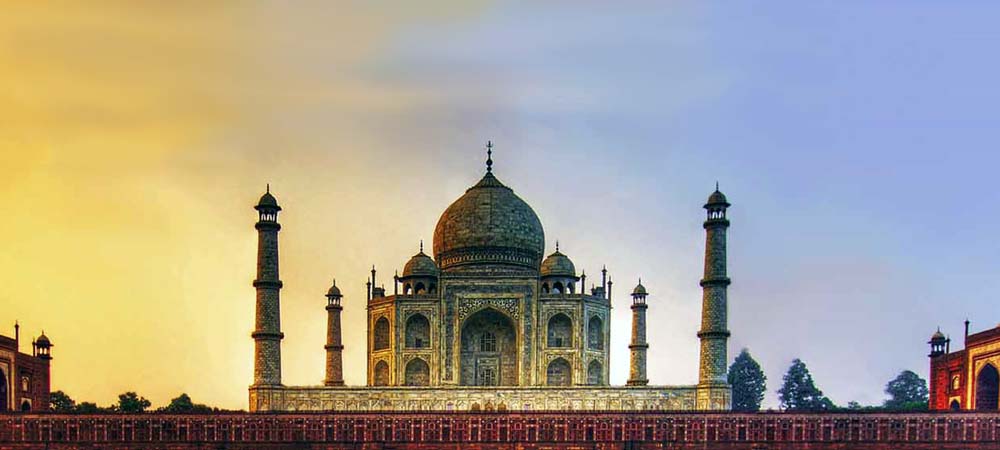
The Taj Mahal, in Agra, is one of the famous sites in India, and one of the first images that springs to mind when many people think of the country. Built as a vast tomb and monument to the Mughal emperor Shah Jahan’s wife in 1653 A.D., the entire structure is built from white-marble and full of precious gemstones. This backdrop is undoubtedly why it has become one of the most popular places for couples to have their photos taken, attracting around 8 million visitors a year.
The Golden Temple (Harmandir Sahib) at Amristar in Pujab, is the most holy site for Sikhs (and auspicious for Hindus), but everyone of all religions (or atheists) is warmly welcome here. This is good news indeed, because this sparkling gold structure in the middle of a still lake is spectacular enough that it has now become the most visited site in India, overtaking the Taj Mahal in annual visitor numbers.
Dharmasala, in Himachal Pradesh, is the home of the Dalai Lama and the Tibetan government in-exile. The town has been a place of pilgrimage for Tibetan Buddhists across the world since the Dalai Lama fled the Chinese occupation of Tibet and made Dharmasala his home. Nestled in the foothills of the Himalayas with an alpine climate, Himachal Pradesh feels more like an alpine town than the hot, dusty India people imagine. It is also one of the wettest places in India and the temperatures are always mild, providing a respite from those travelling from the warm plains to the south. The town offers an array of meditation retreats, trekking opportunities, and restaurants serving anything from burgers, to Korean and Tibetan food, and literately virtually everything in between.
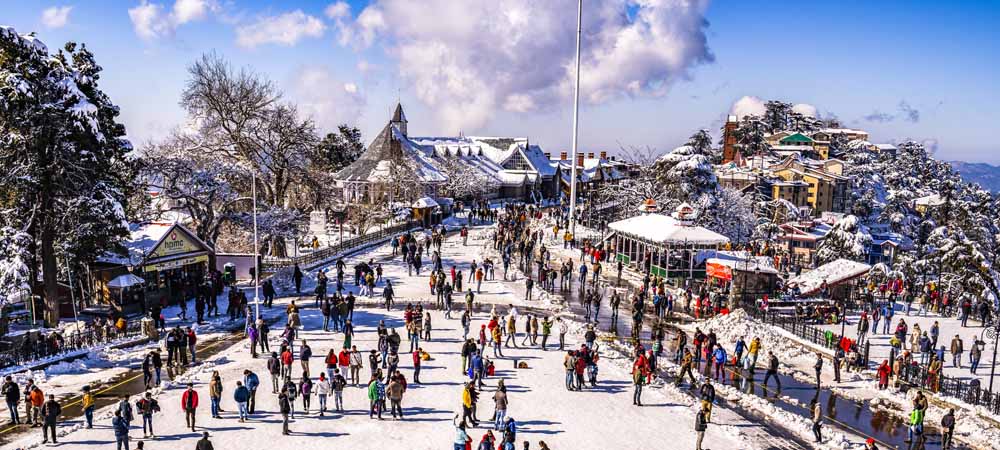
2. Food
Legendary throughout the world, and for good reason, India’s cuisine is varied as its religions and landscapes, offering something for everyone.
Southern India is known for its ‘Masala Dosai’. It’s essentially thin crepes rolled around a choice of fillings, from mixed vegetable curry, to banana and chocolate, and served with side dishes of lentils and yogurt. Punjabi cuisine tends to dominate more of the north, and Tandoori is undoubtedly the signature dish of this region, and is famous throughout the world. But forget about the Tandoori chicken you have tried back in your home country – nothing beats the real thing. Tandoori is a dish cooked in a clay oven called a tandoor (hence its name), coated in spices and marinade in yogurt.
As for vegetarians, India really is a vegetarian paradise. Even meat-lovers will no doubt delight in savouring dishes such as Palak Paneer (Spinach and curd cheese), Chana Masala (Chickpeas in garam masala spices), and Aloo Gobi (potatoes and cauliflower in a delicious curry).
3. Beaches
While northern India is dominated by deserts, plains and the Himalayan mountains, southern India is the place to go for its best beaches.
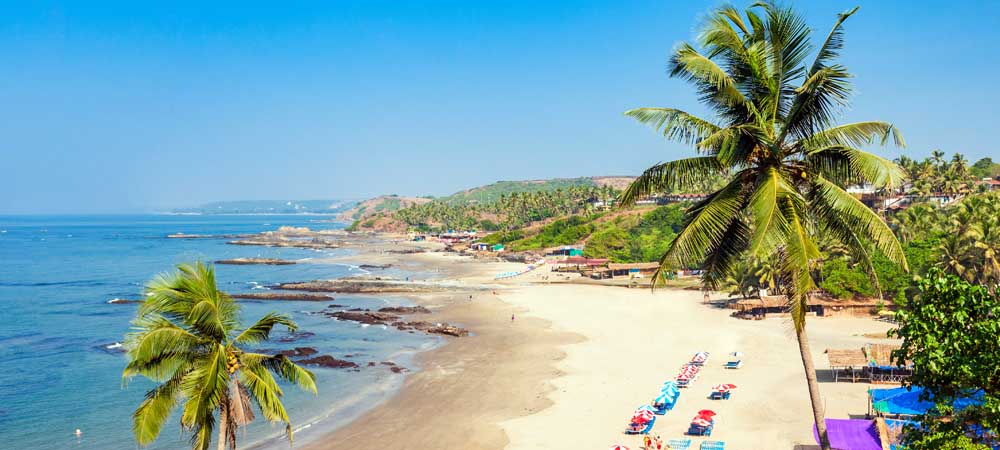
Goa long attracted a distinct hippy subculture in the past and is still known for its parties, but these days it has a bit of something for everyone, with even luxury resorts opening up. There are literately dozens of beaches in this tiny state, but the best beaches include Arambol, known for its fantastic choice of restaurants and accommodation for all budgets and a serene vibe, to the beautiful but more upbeat Palolem, which has live music and the occasional full-moon party until midnight.
Kerala at the southernmost point of India offers some quieter choices with some of the most beautiful beaches in India. Many of the beaches, such Varkala beach, are infinitely quieter and make a great alternative to Goa, with its beach stretching along the bottom of a short cliff, peppered with palm trees and white sand.
But if you want a more active beach, then Kovalam Beach with its opportunities for surfing lessons, live-music bars, open-air restaurants and iconic lighthouse is probably your best bet.
The Andaman and Nicobar Islands are part of a vast archipelago of 600 islands, part of India, but closer to Thailand and Myanmar than the Indian mainland. Naturally, with 600 islands to choose from, it’s impossible to pick even a top 10!
However, Havelock Island – the most visited island – is home to stunning beaches, and world class snorkelling and scuba diving, whilst Rutland Island is the perfect place for eco tourists, with eco lodgings and beautiful, wonderfully preserved mangrove forests and coral reefs to enjoy.
4. Culture
Although India is pre-dominantly Hindu, there are a number of other unique and fascinating cultures that exist through the country.
In the far north-east, the state of Nagaland is home to over 16 hill tribes, each with their own unique language, and a small proportion still holds ancient animist beliefs that differ from the traditional religions of mainstream India. The annual ‘Hornbill Festival’ held every December brings all the tribes of Nagaland together and showcases all parts of their cultures: from traditional dress, arts and crafts, dancing, music, wrestling and archery contests, to fire-eating, herbal medicine stalls and even a Naga chilli eating competition! Highly recommend it.
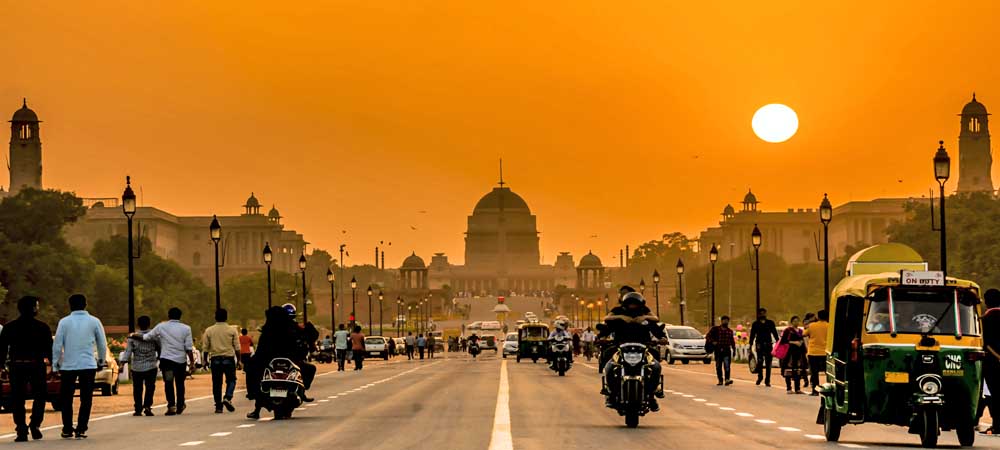
Sikkim, also in the North-East of India – with its capital Gangtok – has a culture very similar to that of neighbouring Bhutan. Thus, it makes a fantastic alternative if you cannot obtain the hard to come by visa for Bhutan. Once you step foot in Sikkim, you will immediately feel like you have entered an entirely different country! Smoking is banned completely and the streets are incredibly clean, with littering being punished with fines, just like in neighbouring Bhutan. The religion here is predominantly Hindu, but a very large minority follow the Nepalese, Tibetan and Bhutanese schools of Buddhism.
Like Bhutan, Sikkim is also extremely dedicated to preserving the natural environment – which includes thousands of squared kilometres of heavily protected alpine forests, lakes and mountains. In fact, the government has actually passed a law heavily restricting the production and use of plastic bottles, and it’s the first state in India to switch to 100% organic farming.
Kashmir is an autonomous region in the far North-west of India, bordering Pakistan. It has a unique Islamic culture and language, and the capital of Srinagar is famous for its exquisite houseboats on Lake Dal. Many famous people, such as the Beetle’s George Harrison, have stayed on these houseboats, and they are popular with tourists visiting the state today. Kashmiri food is unique, with lamb being a staple in a variety of dishes, and the teas are essentially desserts, consisting of green tea leaves with sweet almonds and cardamom. Kashmir is also famous for its Cashmere wool (taken from Cashmere goats), used to make silk-smooth carpets but most famously used to make Pashmina Shawls.
5. Festivals
For such a spiritual country, it probably comes as no surprise that the biggest festivals are based around religious holidays.
Holi falls annually on the first full moon in March (though occasionally late February too). It is known as the festival of sharing love and colours. Though primarily a Hindu festival symbolising the victory of good over evil, it is now celebrated in many parts of the world by people from all faiths, including atheists. You can expect a giant water fight and people chasing each other around, throwing multi-coloured powder on each other for 2 days! The streets and people across India become a kaleidoscope of colours. The festival is really just about having fun and welcoming the start of Spring; but also it’s a time when people forgive friends and family who they have fallen out with, and repair broken relationships
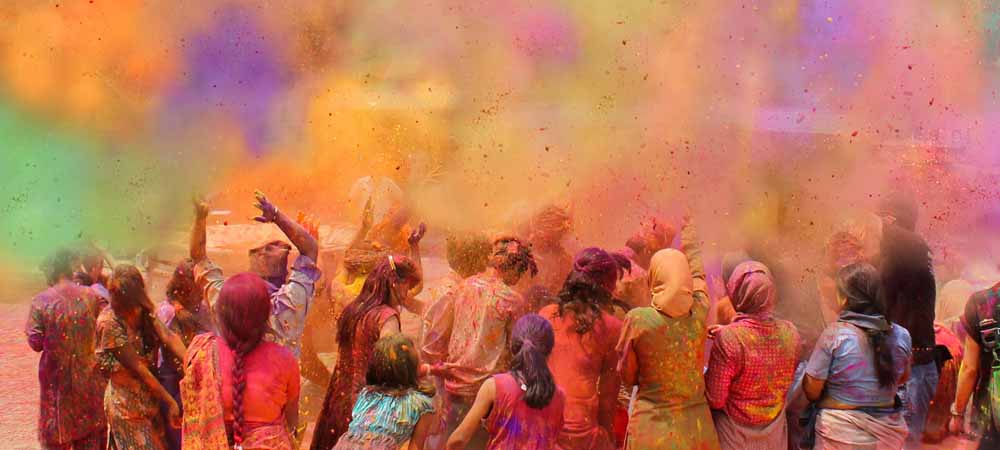
Durga Puja is a festival celebrating the goddess Durga’s victory over the Daemon Mahishasura. It falls in either September or October, following the Hindu lunar calendar. It is celebrated particularly by Hindu Bengal’s in the North Eastern states of India (as well as Nepal), and is the most important festival of the year to them. In Kolkata in particular, the city’s inhabitants create ‘pandals’ – statues of Durga, offer pujas (prayers), and then in the last 5 days throw massive street carnivals, involving street music, floats of Durga statues (with prizes being awarded for the very best!), fair-grounds, street stalls selling all sorts of special food (especially sweet confectioneries) and general partying that carries on late into each night. On the last night of the festival, the Durga pandals are taken to the Ganges River and ceremoniously dropped into it and float away, signalling the end of the festival. Unmissable if you are in the West Bengal area at this time of year!
Diwali is now well-known throughout the world as ‘Hindu New Year’. It symbolises the victory of light over darkness, and this is symbolised by millions of candles and tea lights illuminating houses, temples and streets all across India. After pujas are offered to the Goddess Lakshmi – the goddess of fertility and prosperity – the fireworks start, people exchange gifts (just like at Christmas) and families prepare special feasts. Diwali falls between October and November each year and last five days. As usual, non-Hindus are warmly welcomed to take part in the celebrations.
6. Wildlife
Ranthambore National Park in the state of Rajasthan is easily accessible from Delhi and Jaipur (160km away). It is one of the largest national parks in all of northern India, with an area around 390 squared kilometres. It’s one of the best places in the world to spot tigers in their natural jungle habitat. But you also have a good chance to spot other animals such as leopards, sambars and sloth bears. It is also home to some of the largest banyan trees in the world.
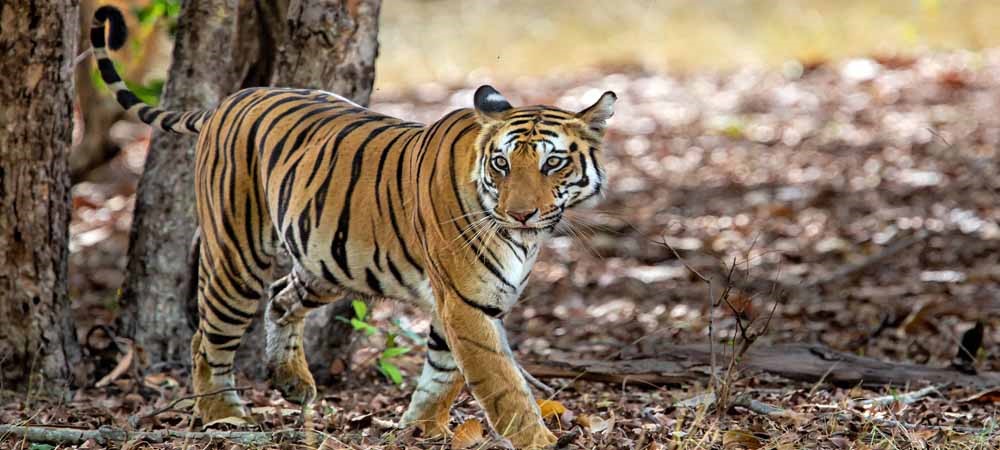
The Gir National Forest in Gujurat state is the best place in India to spot the endangered Asiatic lions. Exciting safaris on offer here are based around viewing these increasingly rare big cats.
If you are after a much more off-the-beaten trail wildlife experience, Hemis National Park in Jammu Kashmir might be for you. It is a high altitude national park – at elevations ranging from 3000-6000 metres, and is home to numerous endangered animals, including the critically endangered and majestic Snow Leopard, the Tibetan Wolf, and the Asiatic Ibex with horns often over 1 metre long. The only catch here is that it’s difficult to access, but thankfully not impossible. There are numerous villages located on the outskirts of the park where you can organise home stays with local families, a fantastic experience in and of itself.
7. The Great Outdoors
If you enjoy desert environments and activities, then head to the largest state in India: Rajasthan, home to the massive Thar desert. Camel riding can be arranged from virtually any town or city within Rajasthan, while sand boarding is becoming increasingly popular. Jeep Safaris to the Aravalli Mountains are also a great way of visiting the wildlife sanctuaries of Jaisamand and Sita-Mata, which have great lakes in the middle of the desert.
For anyone with an appreciation for outdoor activities, the Himalayas really are a must-see in India. Trekking opportunities abound, from the northwest state of Himachal Pradesh, to the north eastern states of Sikkim and Assam. You can also take the highest road in the world (at one point ascending to a mindboggling 5000 metres above sea level) to Ladakh, deemed “little Tibet” due to its predominantly Tibetan Buddhist population and culture. Treks can be arranged here, and the moon-like landscapes are guaranteed to impress and awe even the most hardened of hikers and mountain trekkers.
Finally, for those looking for the very best aquatic outdoor experiences in India, the Andaman and Nicobar Islands offer hands-down the best Scuba and Snorkelling sites and some of the finest coral gardens in the Indian Ocean. It is well worth the flight or 4-day ferry voyage to visit these spectacular islands.
8. History
For history-buffs, India has something to please everyone due to its multiculturalism, history of colonisation by Europeans, as well as invasions from the great Mogul Empire.
Hawa Mahal – located in Jaipur, the state capital of Rajasthan – translates into English as the “Palace of Winds.”, supposedly because its high screen wall enabled the women within the royal household to watch street festivals from above without being seen (since women had to cover their faces at all times back in this period). It’s made from impressive and colourful pink sandstone, and is an extension of the mighty City Palace.
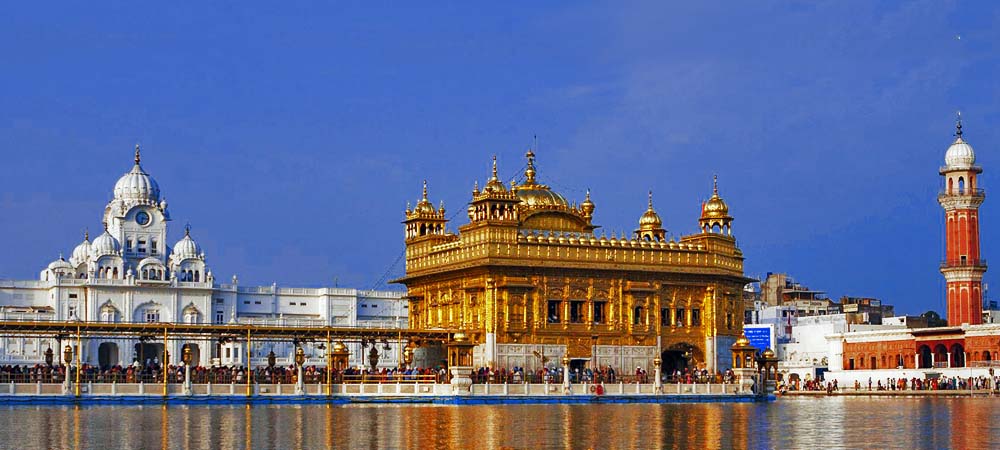
For a taste of the British Colonial legacy, head to the Victoria Memorial Hall, in Kolkata, capital of West Bengal. Built by the British as a symbol of power and a dedication to the “Queen and Empress of India” – Queen Victoria, this spectacular and grand building now serves as a museum with an amazing collection of colonial era paintings, manuscripts and sculptures from the British period.
Similarly, Shimla, located in Himachal Pradesh, was the former British colonial capital and mountain retreat during the summer months, when Delhi became unbearably hot. Even today, it looks more like Cambridge in England than an India Himalayan town! It has a wonderfully preserved theatre (which still shows theatrical plays), restored mansions and the famous ‘Christ Church’ located in the pedestrianised main square.
Finally, for a taste of the nation’s indigenous history, Brihadishwara Temple in the southern state of Tamil Nadu is one of the largest temples in India, and one of the most important, built way back in 1000AD and devoted to Lord Shiva.
India. the vast, spiritual heart of the world: from the towering Himalayas, to the deserts of Rajasthan, to the beaches and jungles of Goa and Kerala. This is a country, once visit, is guaranteed to stay in your heart and memories forever…
Recommended tours of India:
- India Spectacular: Luxury India Tour featuring Delhi, Agra, Jaipur, Ranthambore, Varanasi & Mumbai
- India Highlights: 6 Day Private Tour of India’s Golden Triangle (Delhi, Agra, Jaipur) covering all the highlights
- India & Nepal Highlights: Private India & Nepal Tour featuring Delhi, Agra, Jaipur, Varanasi & Kathmandu
For additional tours of this region, be sure to check out our expansive array of private luxury India, Nepal & Bhutan Tours page.

